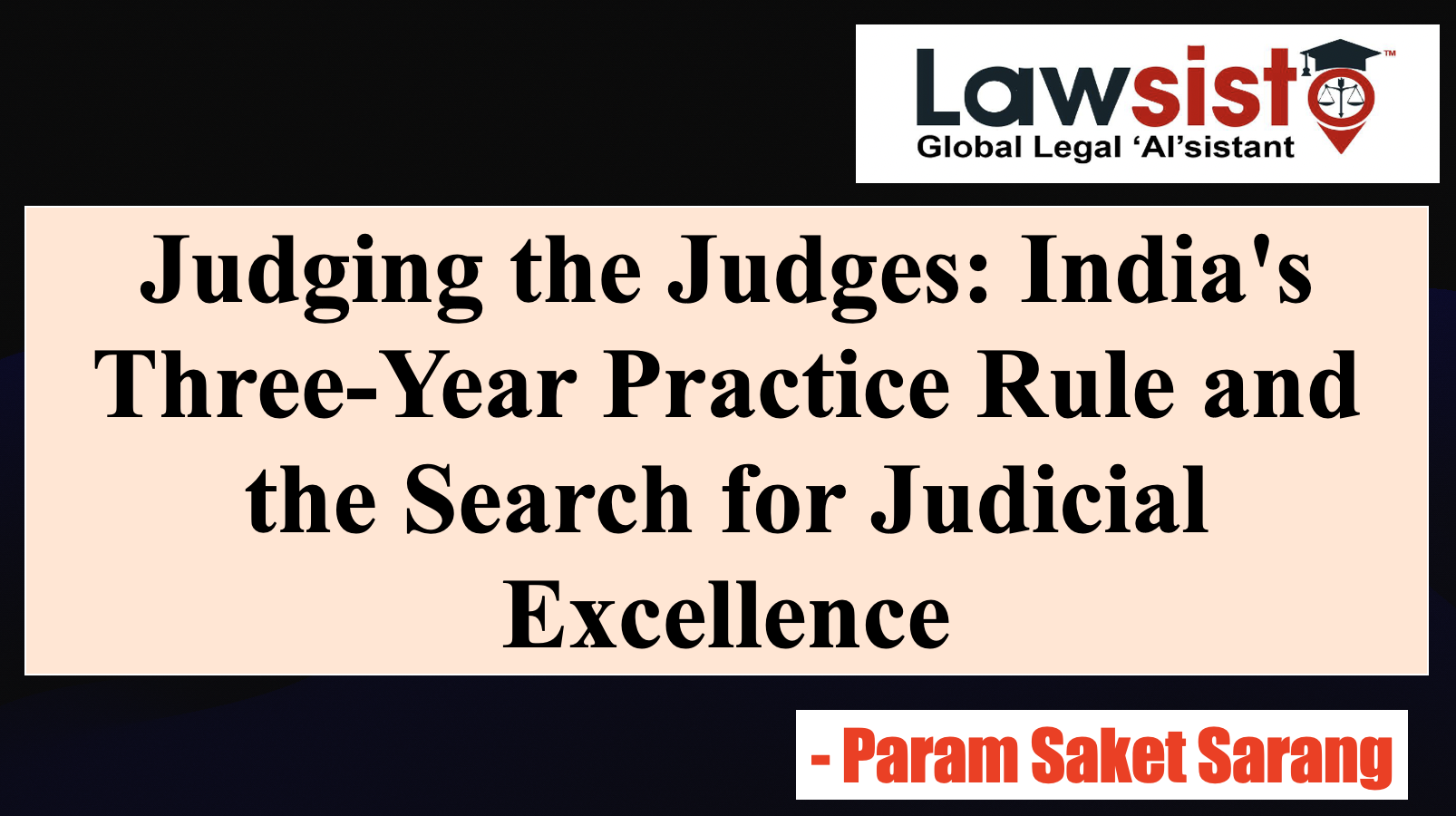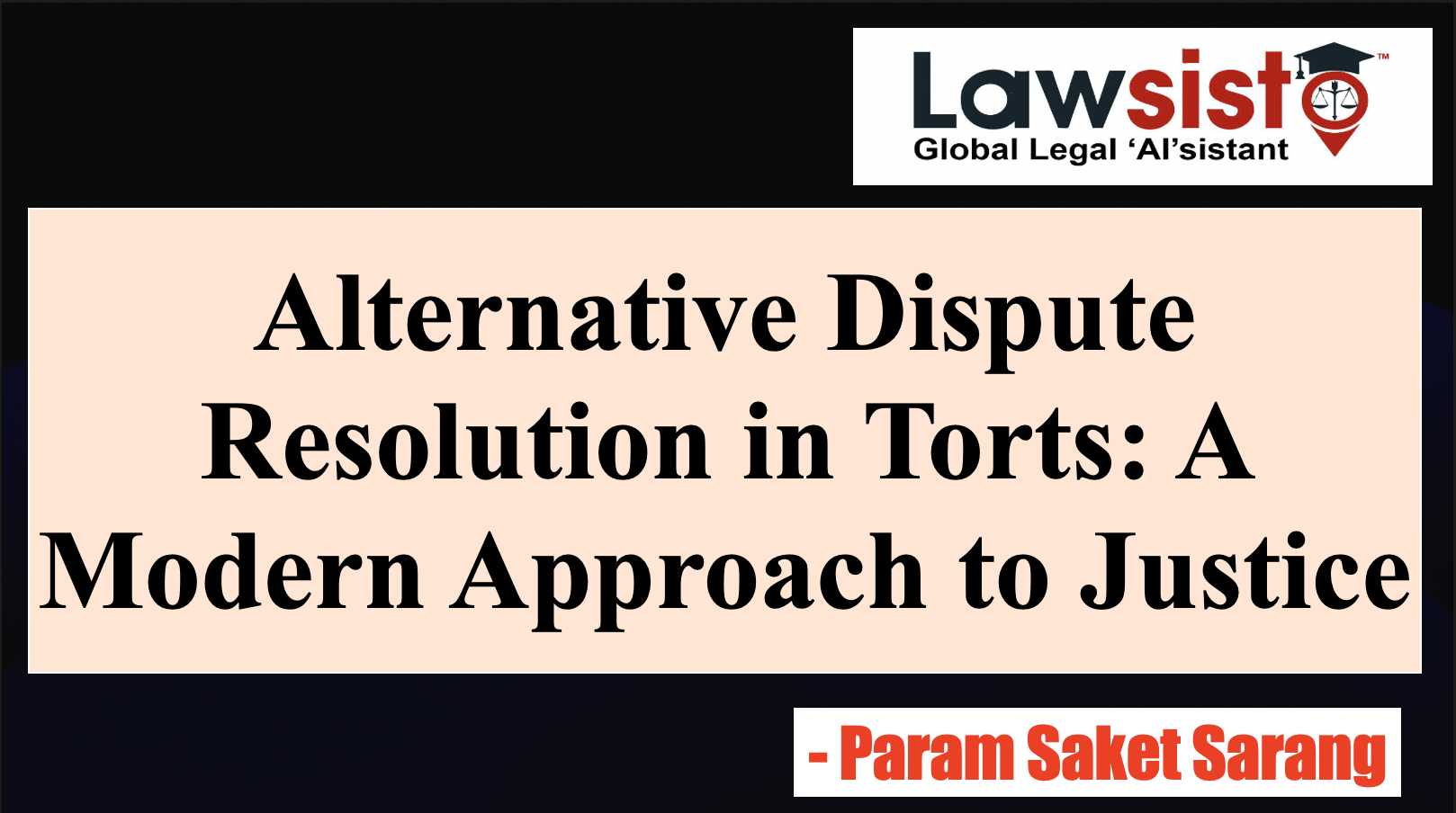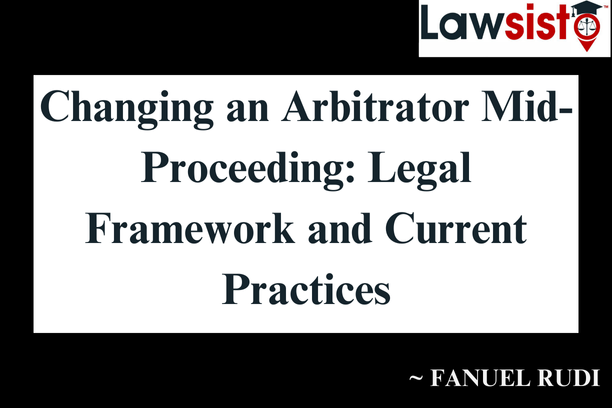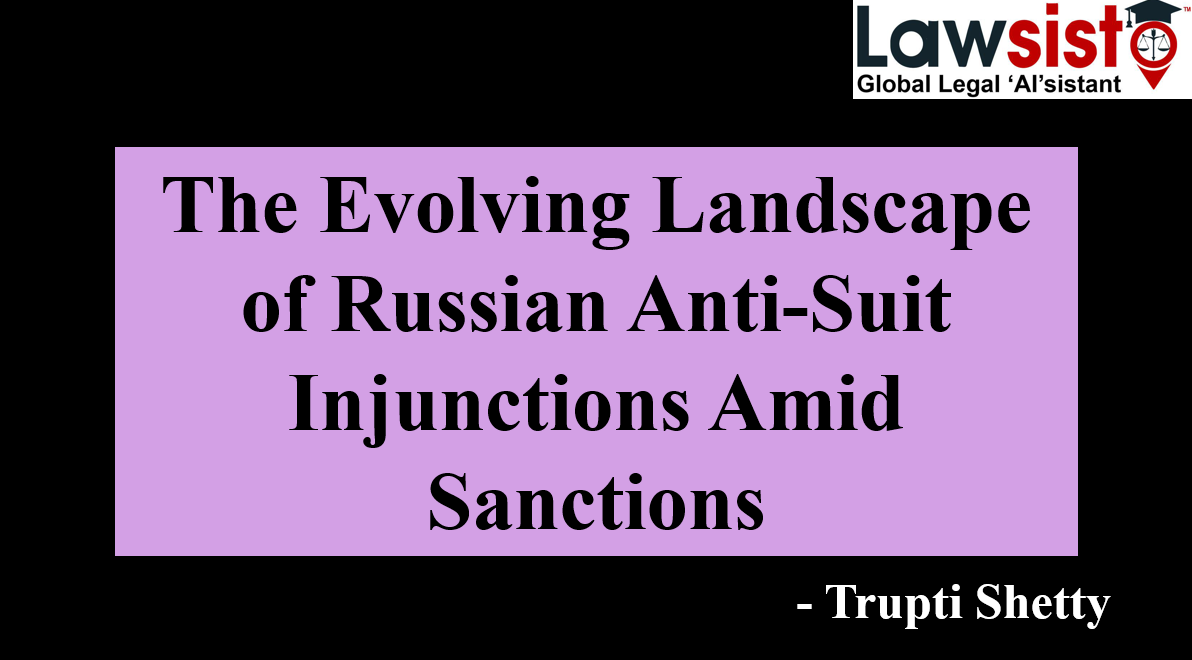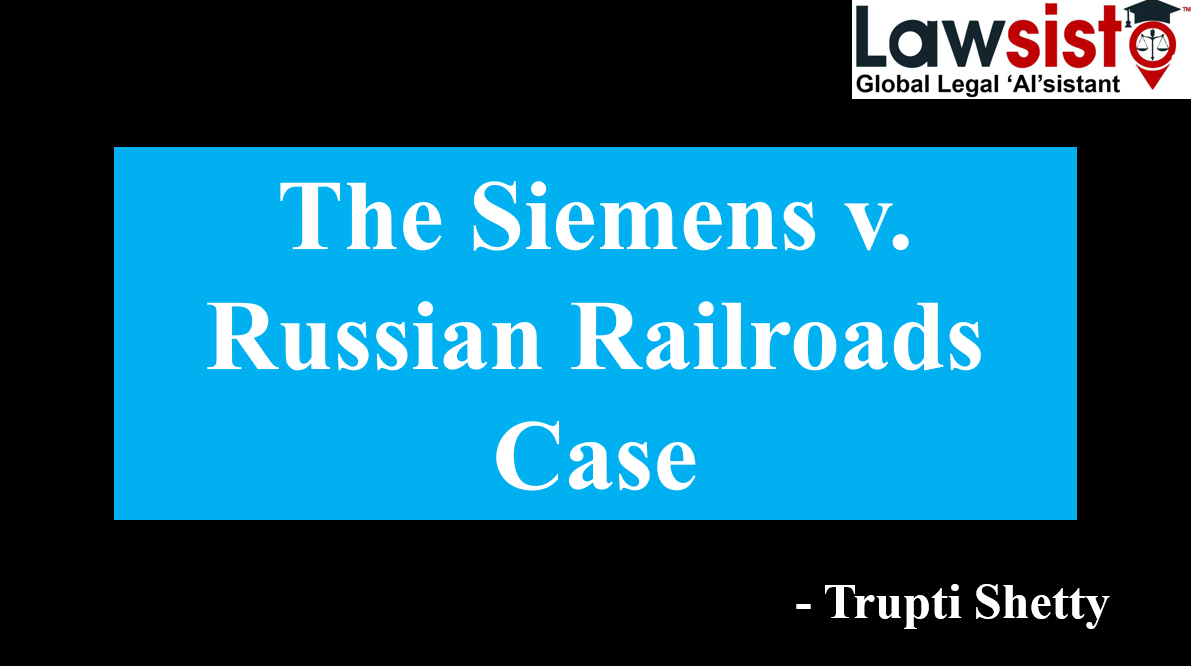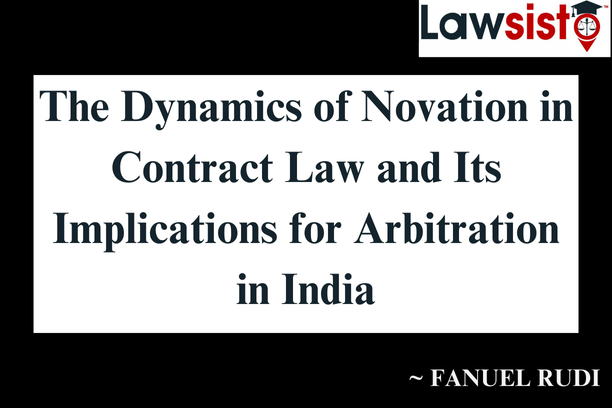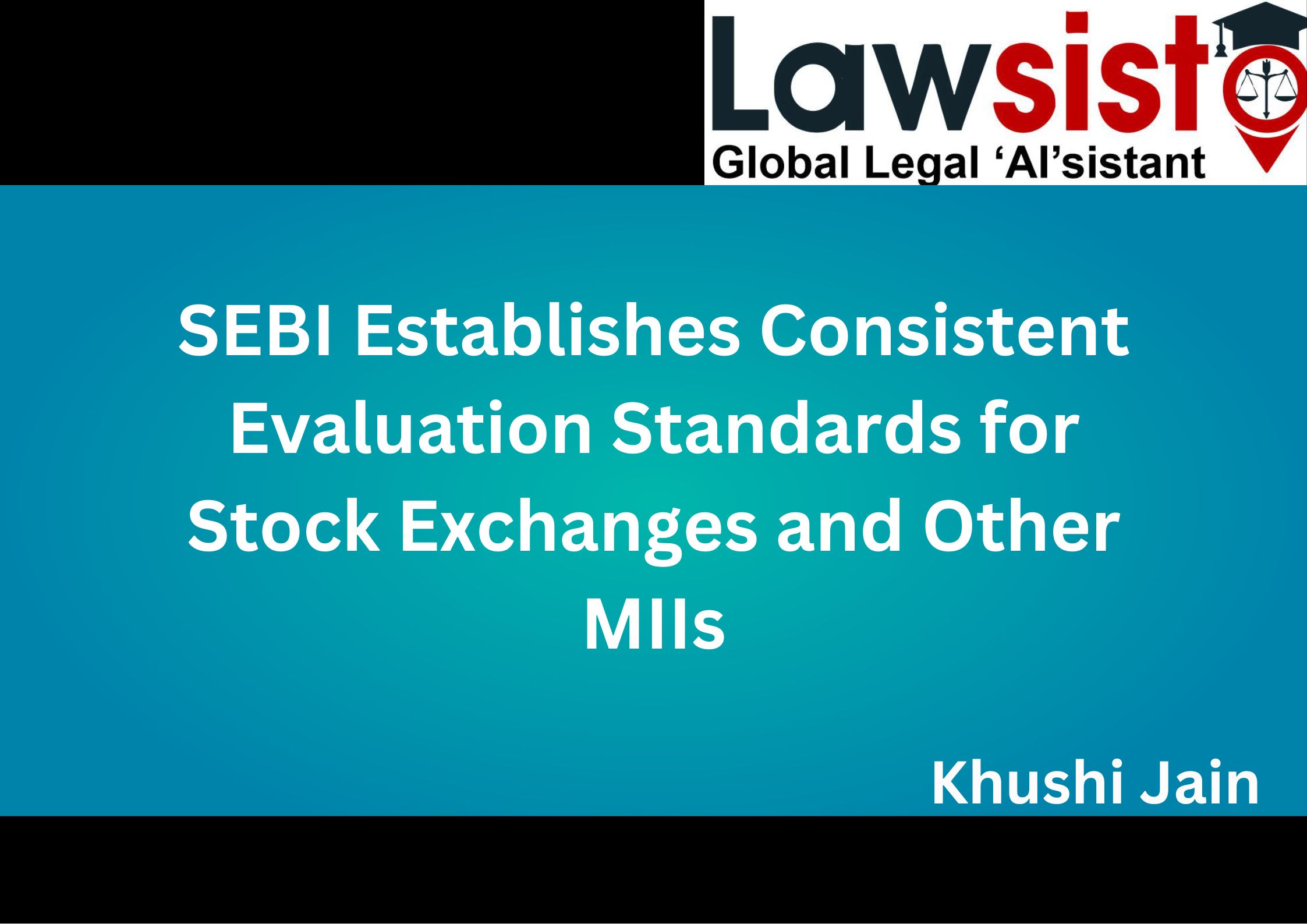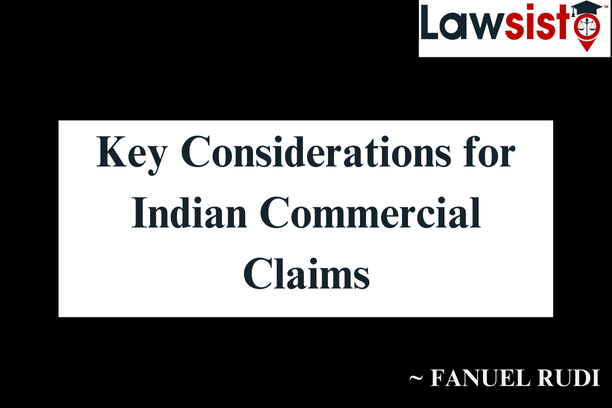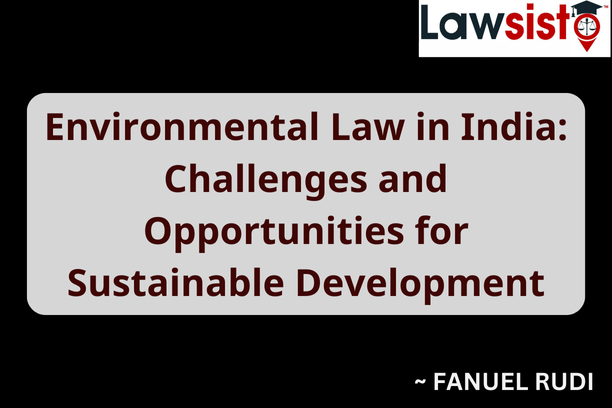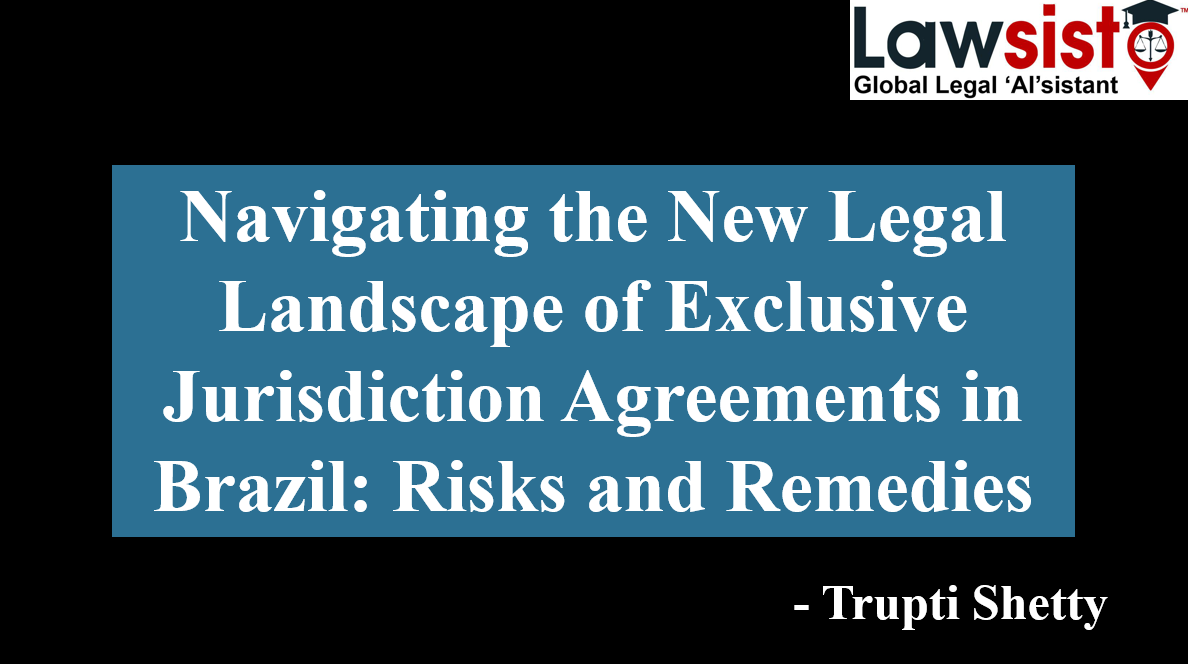Latest News
Case Analysis: Minerva Mills Ltd. & Ors. vs Union Of India & Ors.
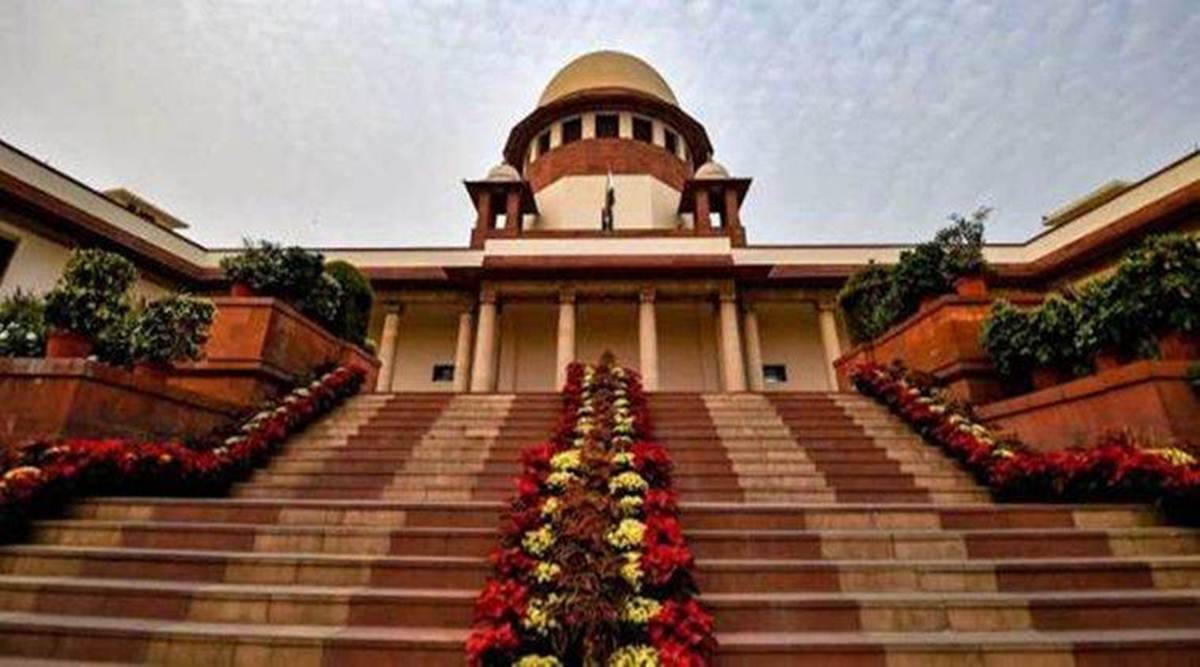
Title – MINERVA MILLS LIMITED VS UNION OF INDIA
Citation(s) – AIR 1980 SC 1789: 1981 SCR (1) 206
Bench – CJ Y.V.Chandrachud, Justices A.C. Gupta, N.L. Untwalia, P.S. Kailasam, and P.N. Bhagwati
Delivered on – 31st July 1980
INTRODUCTION –
A pathbreaking case of Minerva Mills v. Union of India is one of the finest examples showcasing the pros of the system of checks and balances. The Apex Court negated the idea of the Parliament to become the supreme law-making body of the country. The root of the cause lies in the Parliament enacting the 42nd Amendment Act in 1976, which gave immense powers to the legislature to enact laws by abrogating the fundamental rights and making them subservient to the Directive Principles of State Policy adopted by the State. In addition to that, the scope of judicial review was also curtailed.
The legislature’s power to amend or alter the Constitution had been in dispute for a very long time. Before the Minerva Mills case, the Supreme Court in I.C. Golaknath v. the State of Punjab held that the legislature could not amend the Fundamental Rights granted to the citizens, which was later overturned in the Kesavananda Bharati v. State of Kerala case. The law laid in Keshavananda Bharati was that the Parliament could amend the Constitution subject to the limitation that it did not alter the basic structure.
BACKGROUND –
The plaintiff Minerva Mills Ltd was a textile manufacturing company. In 1970, the Central Government of India appointed a committee under Section 15 of the Industries (Development Regulation) Act, 1951, to investigate the internal matters of the Minerva Mills Ltd. The government thought that there has been a substantial fall in the volume of production in textile in the textile mill.
The committee after its investigation reported back to the government in January 1971. Subsequently, the government passed an order under Section 18A of the Industries (Development Regulation) Act, 1951, which provided the National Textile Corporation Ltd to gain control over the management of the Minerva Mills. The order was based because the affairs of Mill are being regulated in the public interest.
Minerva Mills was nationalized and taken over by the Government using the courtesy of the Textile Undertaking (Nationalization) Act of 1974.
Issues–
- Whether the provisions of the Sick Textile Undertaking (Nationalization) Act, 1974 are valid constitutionally?
- Whether the government’s order that authorized the National Textile Corporation Ltd to gain control over the management of the Minerva Mills legally valid?
- Whether Constitution (39TH Amendment) Act which made the Nationalization Act as Entry 105 in the Ninth Schedule Constitutionally valid?
- Whether Article 31B of the Indian Constitution valid?
- Whether Section 4 and Section 55 of the Constitution (42ND Amendment) Act, 1976 Constitutionally valid?
ARGUMENTS BY THE PARTIES-
Petitioner:
The Learned Counsel argued that the of Section 4 and 55 of the Constitution (Forty-Second Amendment) Act, 1976, are constitutionally invalid because the constituent power of our Parliament which lies under Article 368 of the constitution cannot be exercised to destroy the basic structure as ruled in the Keshavananda Bharati case. They also challenged the Constitutionality of the Constitution (39Th Amendment) Act, which placed the Sick Textile Undertaking (Nationalization) Act, 1974, as of Entry 105 in the Ninth Schedule of the Constitution of India. They contended that Section 55 of the Constitution (42ND Amendment) Act, 1976, deprived them of their Right to seek legal remedies, as it limits the preview of ‘judicial review’.
Respondents:
The Respondent lawyers argued that the issue drawn up for contemplation of the Court that is the provisions of the 42ND Amendment of the Indian Constitution which made Directive Principles of State Policy supreme to Fundamental Rights was ultra-vires. They contended that attaining the implementation of DPSP by the State by excluding obstructive legal procedures cannot be said to destroy the basic features of the Constitution and are made in the interest of the public. The Directive Principles of the State being the foundation in the governance of the country, no amendment in the directive principles achieve the goals described in it can hinder the basic structure of the Constitution. Depriving some of the Fundamental Rights granted to the citizens to bring about social order to achieve social, economic, and political justice cannot possibly amount to a destruction of the basic structure of the Constitution.
JUDGMENT –
The Supreme Court held that the introduced clause (5) of Article 368 infringes the limitations on the amending power of Parliament and hence is constitutionally invalid. Since Clause (4) and Clause (5) of Article 368 were in close connection, the Court also declared Clause (4) as unconstitutional. The Court observed that Clause (5) of Article 368 had removed all limitations on the amending power of the legislature and Clause (4) had deprived the Courts of their ability to review any amendment to our Constitution. Hence, Clause (4) of Article 368 denies the citizens of a right promised by Article 32. DPSP are foundational in the governance of our country and Fundamental rights occupy a distinctive place in the lives of civilized societies. Parts III and IV of the constitution together represent the core of the commitment of the State towards social revolution and they together are the hearts and soul of the Indian Constitution. The Indian Constitution is established on the principle of the balance between Parts III and IV of the constitution. Giving absolute primacy to one over the other will disorganize the harmony and also unity and integrity of our Constitution. The Court held that the harmony and balance between fundamental rights and directive principles is an indispensable feature of the basic structure of our Constitution.
CONCLUSION –
The 42nd Amendment Act made the challenge of Constitutional Amendments in the Courts of law unjustifiable. It gave unlimited power to our Parliament to amend our Constitution. It gave the ability to our Parliament to rewrite the whole Constitution and turn our Democratic nation into a Totalitarian government.
However, the Apex Court in the Minerva Mill case held some of the provisions of the 42nd Amendment Act as unconstitutional. The case also sustained the ‘basic structure’ doctrine by holding that the balance between Fundamental Rights and Directive Principles of State Policy as being part of the basic structure of our Constitution.
Document:
